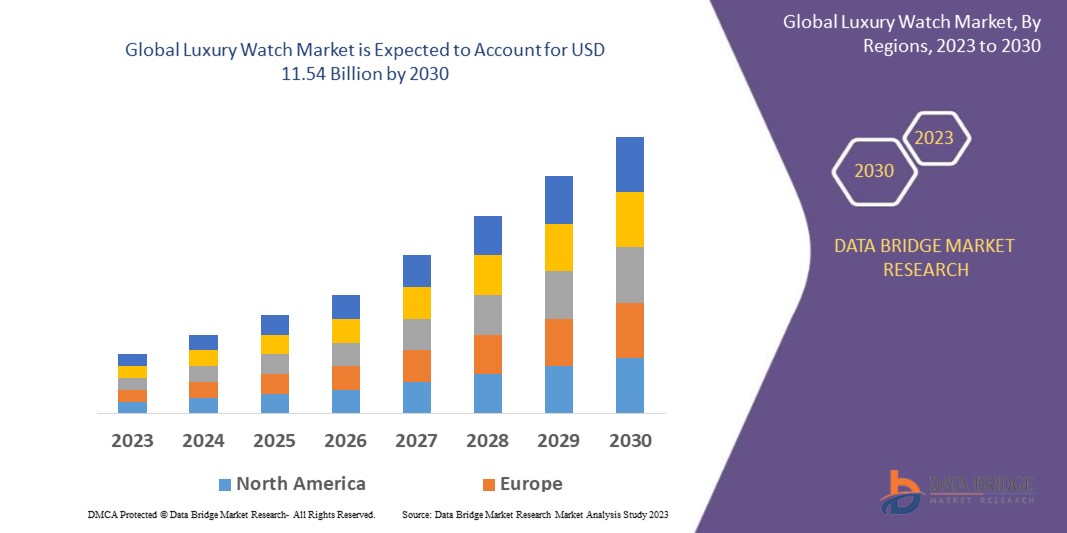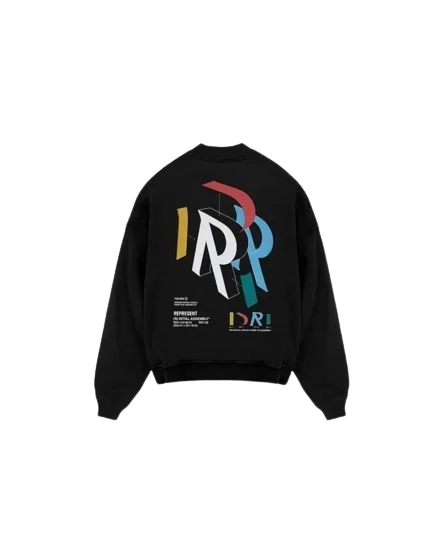Introduction
Luxury watches are more than just timekeeping devices; they represent craftsmanship, prestige, and timeless elegance. These watches are often seen as symbols of status and wealth, combining traditional artistry with modern innovation. This post explores the evolution of the luxury watch market, key market trends, factors driving growth, market scope, market size, and country-level analysis.
The Evolution of the Luxury Watch Market
The history of luxury watches dates back to the 16th century when the first portable timepieces were created. Initially, these early watches were rudimentary and often worn as pendants. Over time, advancements in horology led to the development of more accurate and refined timepieces. The 18th century marked the beginning of the pocket watch era, where intricate designs and mechanical complexities became the hallmark of luxury watches.
The 20th century witnessed a significant transformation in the luxury watch market with the advent of wristwatches. Wristwatches became popular during World War I, when soldiers found them more practical than pocket watches. After the war, the wristwatch quickly gained popularity among the general public, and luxury watchmakers began to focus on creating exquisite designs that catered to the elite.
The quartz crisis of the 1970s, which saw the rise of inexpensive quartz watches from Japan, posed a significant challenge to the traditional Swiss watch industry. However, the luxury watch market adapted by emphasizing the craftsmanship, heritage, and exclusivity of mechanical watches. This period also saw the rise of iconic luxury watch brands such as Rolex, Patek Philippe, and Audemars Piguet, which became synonymous with quality and prestige.
In recent years, the luxury watch market has continued to evolve with the integration of modern technology and innovative materials. While mechanical watches remain at the core of the luxury segment, there has been a growing interest in smartwatches that combine traditional watchmaking with advanced digital features. The market has also expanded to include a broader range of styles, from classic designs to contemporary and avant-garde pieces.
Market Trends and Factors Driving Growth
Several key trends are shaping the luxury watch market today. One of the most significant trends is the resurgence of mechanical watches. Despite the rise of smartwatches, there remains a strong demand for traditional mechanical timepieces. Collectors and enthusiasts value the craftsmanship, heritage, and complexity of mechanical watches, which are often seen as works of art.
Another trend is the increasing interest in limited-edition and bespoke watches. Consumers are seeking unique and exclusive timepieces that reflect their personal style and taste. Luxury watch brands are responding by offering customizations and limited runs of certain models, creating a sense of exclusivity and rarity.
Sustainability is also becoming a major trend in the luxury watch market. As consumers become more environmentally conscious, there is a growing demand for watches made from sustainable materials and ethical sourcing practices. Luxury watch brands are incorporating recycled metals, vegan straps, and eco-friendly packaging to appeal to this segment of the market.
Factors driving the growth of the luxury watch market include increasing disposable income, the rise of the affluent middle class in emerging markets, and the enduring appeal of luxury goods. As global wealth continues to grow, more consumers are able to afford luxury watches. Additionally, the rise of e-commerce and online retail has made luxury watches more accessible to a global audience.
The growing trend of luxury as an investment is another factor contributing to market growth. High-end watches, particularly those from renowned brands, are increasingly seen as valuable assets that appreciate over time. Collectors and investors are purchasing luxury watches not only for their aesthetic and functional appeal but also for their potential to hold and increase value.
Market Scope and Market Size
The scope of the luxury watch market is broad, encompassing a wide range of brands, styles, and price points. Luxury watches can be categorized into different segments, including high-end, ultra-luxury, and entry-level luxury watches. High-end luxury watches typically range from $5,000 to $20,000, while ultra-luxury watches can exceed $100,000. Entry-level luxury watches, often seen as a gateway to the luxury market, generally fall within the $1,000 to $5,000 range.
Luxury watches are available in various designs, including dress watches, sports watches, diving watches, and chronographs. They are made from a variety of materials, such as gold, platinum, stainless steel, titanium, and ceramic. The market also includes smartwatches that combine luxury design with advanced technology.
The global luxury watch market has experienced steady growth in recent years. According to industry reports, the market was valued at approximately USD 29 billion in 2020 and is projected to reach around USD 47 billion by 2027, growing at a compound annual growth rate (CAGR) of 6.8%. This growth is driven by increasing consumer demand, the rising popularity of online retail, and the expanding market for pre-owned luxury watches.
Country-Level Analysis
The luxury watch market varies significantly across different regions and countries. Switzerland remains the global leader in luxury watchmaking, with brands like Rolex, Patek Philippe, and Audemars Piguet dominating the market. Swiss watches are renowned for their precision, craftsmanship, and heritage, and Switzerland continues to be the epicenter of the luxury watch industry.
North America is a significant market for luxury watches, particularly in the United States, where there is a strong culture of luxury consumption. The U.S. market is characterized by a high demand for both traditional mechanical watches and smartwatches, driven by affluent consumers who value quality and exclusivity.
Europe is another major market for luxury watches, with countries like Germany, the United Kingdom, and France leading the way. The region’s rich cultural heritage and appreciation for fine craftsmanship drive the demand for luxury watches. Additionally, the presence of luxury retail hubs in cities like London, Paris, and Berlin contributes to market growth in Europe.
The Asia-Pacific region is expected to witness the fastest growth in the luxury watch market. Emerging markets such as China, India, and Japan are experiencing rapid urbanization, rising disposable incomes, and a growing appetite for luxury goods. China, in particular, has become a key market for luxury watches, with a burgeoning middle class and a strong demand for prestigious brands.
Latin America and the Middle East & Africa regions are also witnessing growth in the luxury watch market. In Latin America, countries like Brazil and Mexico are seeing increasing interest in luxury goods, driven by rising affluence and a growing appreciation for luxury brands. The Middle East, particularly the Gulf states, is a significant market for luxury watches, characterized by a strong demand for high-end and ultra-luxury timepieces.
Conclusion
The luxury watch market is poised for continued growth, driven by a combination of tradition and innovation, increasing global wealth, and expanding consumer access through online retail. With diverse offerings that cater to a range of tastes and preferences, the market scope is vast and promising. Regional variations highlight the importance of tailored strategies to address specific market needs and opportunities. As the market continues to evolve, luxury watches will remain a symbol of status, craftsmanship, and timeless elegance for generations to come.
Get More Detail: https://www.databridgemarketresearch.com/reports/global-luxury-watch-market




